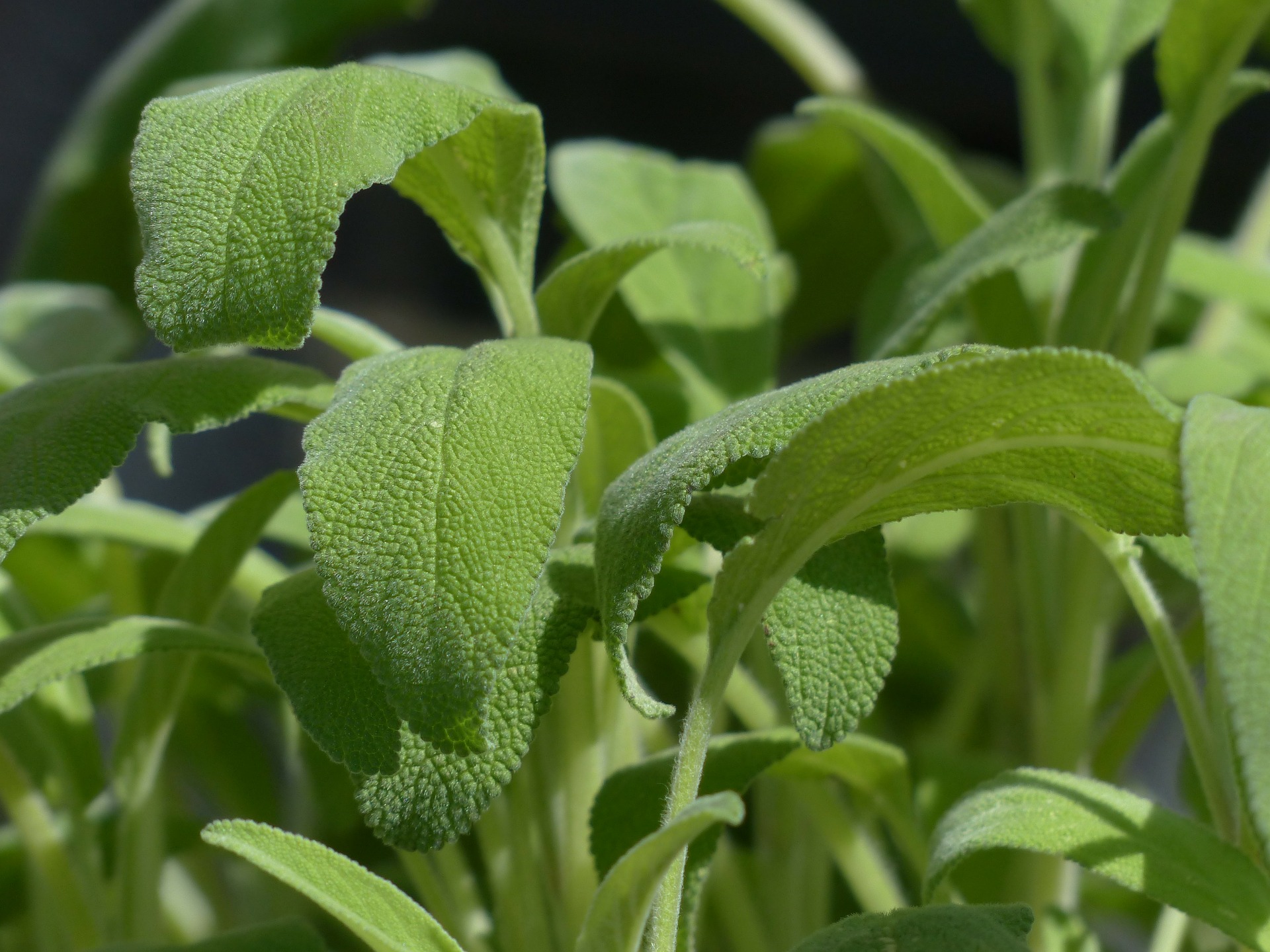
Sage (Salvia officinalis)
Properties:
Astringent, antiseptic, antioxidant, anti-inflammatory, anti-rheumatic, antiperspirant, anxiolytic, balsamic, soothing, digestive, germicidal, hypoglycemic (lowers blood sugar)…
Infusion:
Start by putting two teaspoons of dried sage for a few minutes, in cold water, into a cup. Then add hot water at 90°C (when the water begins to boil) and cover it for 10 minutes. Once cooled, it is ready to be consumed (see here how to make an infusion).
Application:
- Mouth ulcers,
- alzheimer’s,
- bronchitis,
- phlegm,
- cholesterol,
- stomach, bowel, and menstrual cramps,
- diabetes control,
- diarrhea,
- dyspepsia,
- sore throat,
- excessive flatulence,
- inflamed gums,
- jaundice,
- poor digestion,
- nausea,
- constipation,
- symptoms of menopause,
- sinusitis (the infusion is used in the form of inhalation),
- cough,
- excessive sweating…
Contraindication:
Pregnant women, while breastfeeding (reduce breast milk production), people with kidney failure and it should not be used in large quantities for more than 30 days. In addition, each body is different, so be aware of any total or momentary incompatibility generated by its consumption.
This text is an awareness. Depending on the season and the moment in which you are, it is up to each person to decide whether to eat that food. The dosage and frequency depend on the nature and physical condition of each Human Being.
Know more about infusions on:
Green, White or Black Teas block the central nervous system
Tea, Infusion or Herbal tea? That makes all the difference




